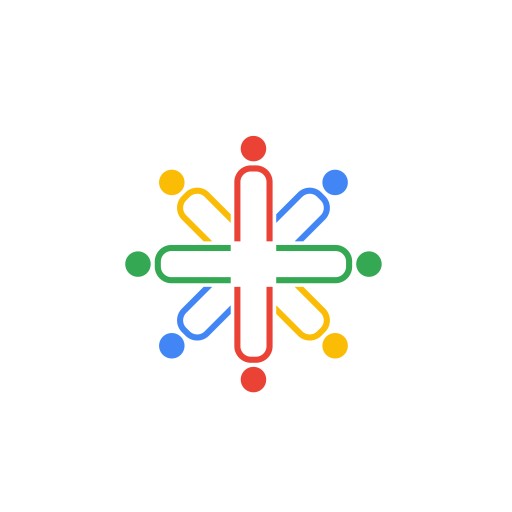Health Information Technology (HIT) environments are a compilation of decisions made at different times, by different people, for different reasons, some long term, some short term, some regulatory, some departmental, some strategic, some reactive, some budgetary, some pandemic and some timeline.
Even as we have made strides to facilitate cooperation between EHRs, it’s become abundantly clear that there is a long and unclear road to go to achieve anything approaching complete and total interoperability. As the saying goes, “If you have seen/done one implementation of XYZ EHR, you understand one implementation of XYZ EHR”
All attempts at interoperability must inherently begin by recognizing the starting point that makes everything so tricky and unique: EHRs consist of a series of disparate systems built in silos that are suddenly being asked to work together for the good of the patient.
Define Specific Sender and Receiver Needs
Full interoperability requires this exchange to be a two-way street, so one of the biggest interoperability challenges is finding a way to deliver information in a format that is useful to the receiver. Consider that each receiver has their own unique definition of useful data and the amount and type of data needed. Solutions that offer a pre-determined connection to certain data points may help some but may provide little value to those who do not fit into established endpoints and networks.
What happens with the data contained in consumer apps, such as that needed to support programs like Social Determinants of Health and Public Health? There is no universal standard governance for the data and the data does not follow standards such as HL7 and FHIR. Should the focus be on the application programming interfaces (API) and the use of the data in the original state?
What happens when documents containing images and unstructured data are needed to support the treatment of the whole patient, but are not easily shared in the standards framework?
Data exchange standards are critical and there needs to be an agreement on some set of data exchange standards and a mechanism that allows recipients to not only open envelopes of data but also make use of the envelope’s content. Recipients must be able to easily identify what the data is and for which patient, and have the information intelligently filtered and matched with each patients’ specific issues. Data standards can be applied and managed in some of the system and technology environments, but not all apps, devices and unstructured documents that contain Patient Health Information (PHI) data can be adapted to data exchange standards, such as FHIR and HL7 and varying versions that are contained within these standards.
Innovate Inside
Unstructured notes and documents sent between systems can be modernized to extract data via OCR/NLP/AI technologies to be useful in larger databases and analytic platforms. Digital signatures add value within a workflow to authenticate and continue process progression.
Innovation and interoperability are linked: The use of artificial intelligence techniques and algorithms will become increasingly useful in terms of filtering and presenting data that will help with clinical and administrative decision-making. This becomes important as consideration is given to managing incoming data and making it useful for recipients efficiently. More thought should be given to innovating and making current systems and investments smarter than they are today.
Our progress towards achieving full interoperability at times seems slow. However, the reality is that we are continuing to move forward. Rather than feeling discouraged consider the big picture of possibility of varying technologies that are available today, and evaluate if there is a cost-effective, scalable way to modernize an embedded workflow, such as those that contain digital documents and unstructured notes, that has proven to be stable and meet the sender and receiver data needs of the organization.
While it is true that no one has access to all patient data, focusing on cost-effective, incremental innovative improvements in current systems and workflow support an agile framework to be iterative and poised to adjust to meet future challenges and patient data needs.
Brenda Hopkins MBA, BSN, RN is the Chief Health Information Officer and CEO of Healthcare Disruptors where she is focused on strategy, interoperability, and usability of healthcare offerings. Her experience includes clinical and technology transformation and leadership roles in healthcare systems and partner organizations.


Recent Comments